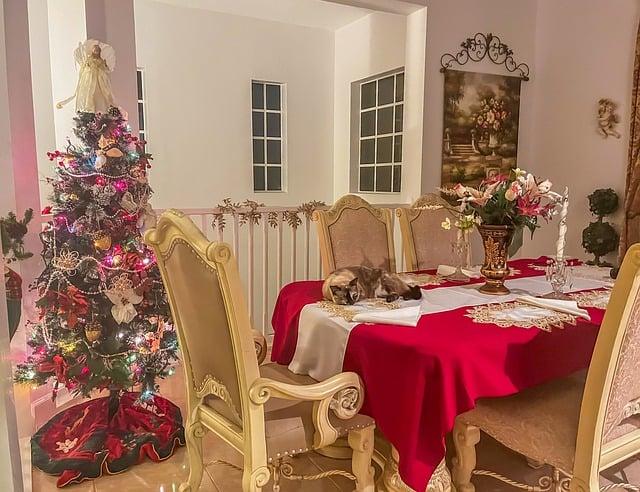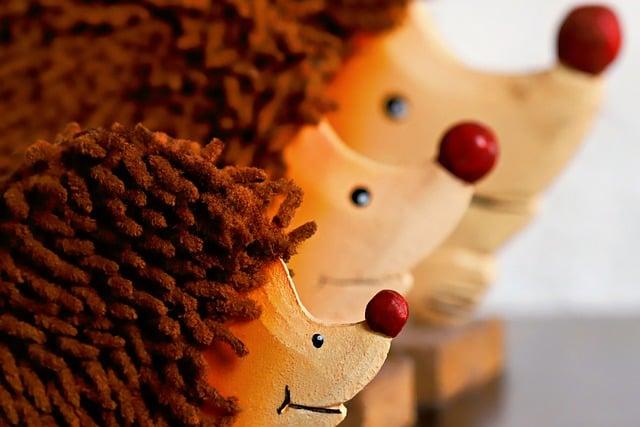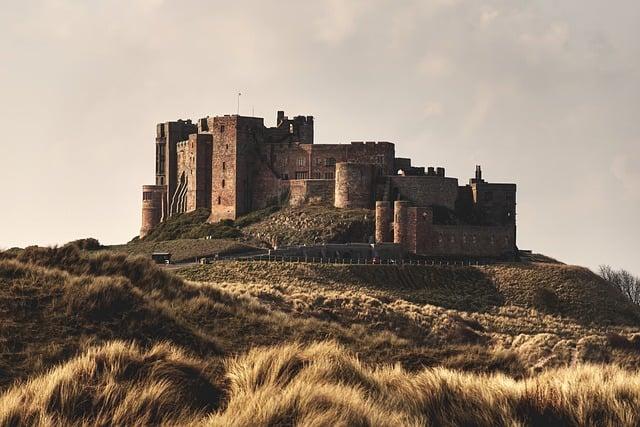Long ago, in a quaint village blanketed by snow, a kind-hearted woman named Clara sought to bring joy to her neighbors during the cold winter months. She gathered evergreen branches, symbolizing eternal life, and fashioned them into a circular wreath. As she adorned it with red berries and golden ribbons, she whispered a wish for peace and love. The villagers, enchanted by her creation, began to hang wreaths on their doors, sharing warmth and hope. Thus, the legend of the Christmas wreath was born, a timeless emblem of unity and goodwill.
Table of Contents
- The Origins of the Christmas Wreath and Its Symbolism
- Crafting the Perfect Wreath: Materials and Techniques
- Modern Interpretations: How Wreaths Enhance Holiday Decor
- Embracing Tradition: Ways to Incorporate Wreaths into Your Celebrations
- Q&A

The Origins of the Christmas Wreath and Its Symbolism
The Christmas wreath, a circular arrangement of evergreen branches, has roots that stretch back to ancient traditions. Originally, these wreaths were crafted by the Romans and used as symbols of victory and strength. The circular shape represents eternity, with no beginning or end, embodying the idea of everlasting life. As Christianity spread, the wreath took on new significance, becoming a symbol of the Advent season. It was during this time that the use of four candles was introduced, each representing a week of Advent, illuminating the path to the celebration of Christ’s birth.
In addition to its historical significance, the Christmas wreath is rich in symbolism. The **evergreen** foliage signifies hope and renewal, reminding us that life persists even in the coldest months. The **red berries** often found in wreaths symbolize the blood of Christ, while the **pinecones** represent resurrection and new beginnings. Together, these elements create a tapestry of meaning that resonates with the themes of the holiday season. As families hang wreaths on their doors, they not only beautify their homes but also invite a deeper reflection on the values of love, hope, and joy that Christmas embodies.

Crafting the Perfect Wreath: Materials and Techniques
Creating a stunning Christmas wreath involves selecting the right materials that not only enhance its beauty but also reflect the spirit of the season. Start with a sturdy base, such as a wire frame or a grapevine wreath, which provides a solid foundation. Next, gather an assortment of **evergreen branches**, which symbolize eternal life, and can include pine, fir, or cedar. To add texture and color, consider incorporating **berries**, **pinecones**, and **dried fruits**. These natural elements not only bring warmth but also tell a story of the winter season. For a touch of elegance, embellish your wreath with **ribbons** or **ornaments** that resonate with your personal style.
Once you have your materials, the technique of assembling your wreath is crucial. Begin by layering the evergreen branches, securing them with floral wire or hot glue to ensure they stay in place. Arrange your decorative elements in a balanced manner, allowing for visual interest without overcrowding. Remember to step back periodically to assess the overall look. For a finishing touch, consider adding a **bow** at the top or a few strategically placed **lights** to illuminate your creation. This process not only results in a beautiful wreath but also connects you to the rich traditions and legends surrounding this cherished holiday symbol.

Modern Interpretations: How Wreaths Enhance Holiday Decor
Wreaths have evolved from their traditional roots into a versatile element of holiday decor, seamlessly blending with modern aesthetics. Today, they are not just circular arrangements of foliage but can be crafted from a variety of materials, including metal, fabric, and even recycled items. This transformation allows for a wide range of styles, from rustic and farmhouse to sleek and contemporary. By incorporating unique elements such as ornaments, lights, and seasonal flowers, wreaths can serve as a focal point that enhances the overall ambiance of holiday celebrations.
Moreover, the symbolism of wreaths continues to resonate in contemporary decor. They represent unity, eternity, and the cyclical nature of life, making them a meaningful addition to any holiday setting. As families gather to celebrate, a beautifully adorned wreath can evoke feelings of warmth and togetherness. Whether hung on doors, displayed on walls, or used as table centerpieces, wreaths invite guests into a space filled with festive cheer and create a welcoming atmosphere that embodies the spirit of the season.

Embracing Tradition: Ways to Incorporate Wreaths into Your Celebrations
Wreaths have long been a symbol of celebration and continuity, making them a perfect addition to various festive occasions. To incorporate wreaths into your celebrations, consider using them as a centerpiece for your dining table. A beautifully adorned wreath can serve as a stunning backdrop for your holiday feast, inviting warmth and cheer to the gathering. Additionally, you can hang smaller wreaths on the backs of chairs or use them to decorate doorways, creating a welcoming atmosphere for your guests.
Another creative way to embrace the tradition of wreaths is by personalizing them to reflect the theme of your celebration. For instance, during the winter holidays, you might choose a wreath adorned with pinecones, berries, and twinkling lights. In contrast, for a spring gathering, opt for a wreath made of fresh flowers and greenery. Here are some ideas to inspire your wreath-making:
- Seasonal Themes: Tailor your wreath to the season, using elements that represent the time of year.
- Color Schemes: Match the colors of your wreath to your overall decor for a cohesive look.
- Personal Touches: Incorporate family heirlooms or handmade ornaments to add a unique flair.
Q&A
-
What does the circular shape of the Christmas wreath symbolize?
The circular shape of the Christmas wreath represents eternity and the never-ending love of God. It signifies the cycle of life, with no beginning or end, reminding us of the everlasting nature of faith and hope.
-
What materials are traditionally used to make Christmas wreaths?
Christmas wreaths are typically made from evergreen branches, which symbolize eternal life. Other common materials include holly, pinecones, berries, and ribbons, each adding to the festive spirit and beauty of the wreath.
-
What is the significance of the colors used in Christmas wreaths?
The colors in Christmas wreaths often hold special meanings: green represents life and renewal, red symbolizes the blood of Christ, and gold signifies royalty and divinity. Together, these colors enhance the wreath’s spiritual significance during the holiday season.
-
How did the tradition of hanging Christmas wreaths begin?
The tradition of hanging Christmas wreaths dates back to ancient times, with roots in pagan customs. Early Christians adopted the practice, using wreaths as a symbol of hope and the promise of new life, eventually evolving into the beloved holiday decoration we know today.
As we hang our Christmas wreaths, we embrace a tradition rich in symbolism and history. Each circle tells a story of hope, love, and the enduring spirit of the season. May your holidays be bright, surrounded by the warmth of this timeless legend.

大家好,我是彼得潘,專業的手法身體治療師。我喜歡探索和研究各種主題,並透過與人工智慧的合作分享專業、實用、有趣的文章。我們定期進行人工審核,以確保內容的準確性。如果您發現文章中有任何不準確的地方,請隨時與我們聯繫,我們會及時糾正。您可以透過 [email protected] 與我們聯繫。



